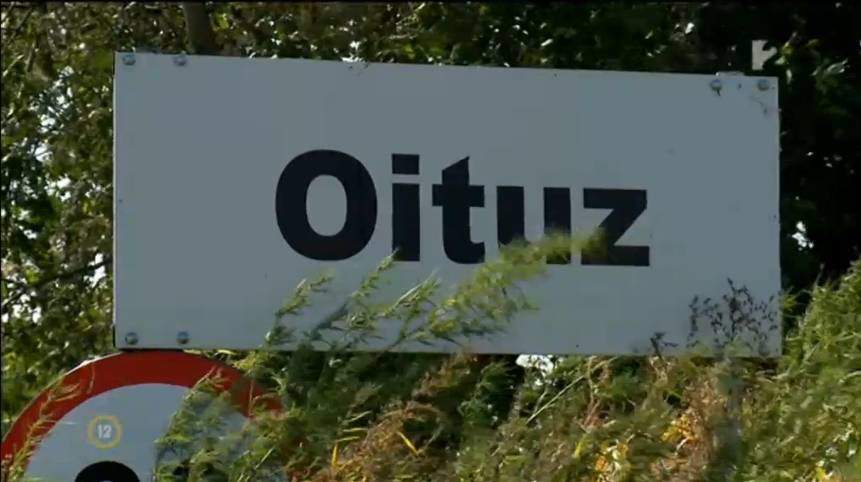A miraculous Hungarian-speaking village in Constanta

Costanta in Romania is more than 1,000 kilometers away from Budapest. Still, here the miraculous Hungarian-speaking village can be found. It is the most southerly European and the most easterly Hungarian-speaking village, as reported by Vujity Tvrtko. The small village of around 500 people can be found on the coast of the Black Sea, where no one would believe that the Hungarian language is spoken. Let’s figure out more about the incredible little village and its inhabitants!
The history of the Hungarian-speaking village

The Hungarian village, called Oituz, is just a few kilometers north from Constanta. It is incredible that all of the inhabitants moved here from Moldavia and they still preserve the Hungarian language. They are called the Csángó Hungarians, a Hungarian ethnographic group of Roman Catholic faith coming from Romania. Most of them emigrated to Constanta after World War I to which the Csángó refer to as “the 1st Great Battle”.
During the World War, many of them fought in Oituz, Marasasti and Marathi, after which the Romanian ruler, king Ferdinand gave them the territory on the coast of the Black Sea.
Many people moved from Moldavia because of the lack of food and problems regarding employment. Whole families left the country on chariots with their livestock in the hope for a better future.

Initially, three men built up the 1st house there, then they were followed by 60 other migrants. Between the two World Wars, the size of the Csángó-Hungarian community increased significantly in the village, and from that time on, it was their cherished home where they made the dry land fertile and appropriate for agricultural activity.


What characterizes the Csángó language?
- Living far away from the Hungarian majority, the Csángó-Hungarians on the coast of the Black Sea speak the Hungarian language in its Medieval form with its characteristics present before the language reforms.
- They use the language at home and also among each other. The majority of them have never been to Hungary before, so the knowledge of the language comes from their ancestors settling down in Oituz.
20-30% of the vocabulary they use is very archaic due to historical reasons, but this vocabulary also includes borrowed Romanian lexical words present in their Medieval forms.

- Another particularity of their language is the special pronunciation of the sound “s” that gives a hissing quality to the language. This is very much similar to the Finnish pronounciation of the sound. Besides this, they also distinguish the “hissing s” sound from the “sz” sound, similarly to the Hungarian language.
A further interesting linguistic detail is the preservation of the phoneme “dzs” in words like dzsermek (children), dzsió (walnut) or medzs (sour cherry).
- The reason why their speech is difficult to understand even for those Hungarians speaking the Romanian language is that they very much use archaisms and special Csángó words (like in hét–rabbit; ahét–when; jü–he). Some of these words have different meanings in Hungarian, or they do not exist at all.
If you’re interested in similarly miraculous stories, read our previous articles about the Magyarabs or the hung maul nation.
The importance of religion in the life of the Csángó’s
Catholic religion is part of their national identity. They are all very proud of the Catholic church in the village where church masses are held every day. The church has no Hungarian priest, so the believers listen to the Romanian mess. There is no Hungarian Bible either in Oituz, but it is also true that the Hungarian language only exists in oral form, as the inhabitanst can not read or write in Hungarian.
/youtube.com/Anyway, the fact that such a small community preserves the Hungarian language and the culture in their everyday life is very good to see, as it gives evidence of how strong the Hungarian national identity is. Hopefully, it also means a little hope that the Hungarian language will never disappear, because the bond between the cultural traditions and the people invigorates it 🙂
Featured image: csango.atw.hu
Source: youtube.com; www.filantropikum.com; nyest.hu






Just a point of English grammar for you, Lilla. The superlative of “south” is “the most southerly” (with the first syllable rhyming with “moth-” in the word mother.) So also “most easterly” is the superlative of “east”. Ne haragudj, hogy megemlítettem.